The Citroën 2CV – Five Things You Need to Know
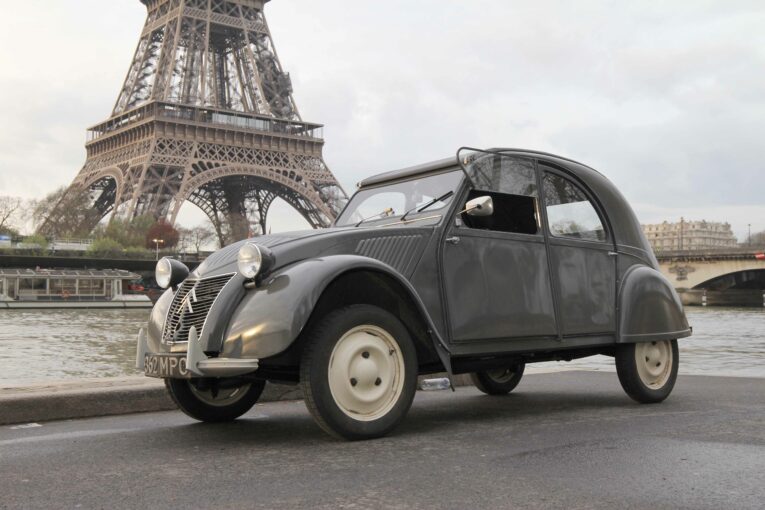
The Citroën 2CV is a reliable car, but then that was kind of the whole point when Pierre Boulanger came up with the idea to help motorise his equine-dependant compatriots in the late ’40s. As typically French as a baguette smothered in Brie wearing a beret, and sharing similar garage space in our collective consciousness with the likes of the Renault 4, the 2CV goes down in history as one of the most recognisable, and beloved cars of all time. Show us someone who’s mood isn’t instantly lifted by the sighting of a deux chevaux vapeur and we’ll show you a big fat fibber. The fact that the Citroën 2CV sold in its millions and remained in production for 42 years speaks volumes as to its inherent popularity and rugged usability. If it was rubbish it would have been canned early doors, resigned to a footnote in the annals of French motoring, but here we are, still singing its praises in 2023. Look up the word “legacy” in the dictionary and you’ll be presented with the unmistakable silhouette of Citroën’s quirky little economy family car.
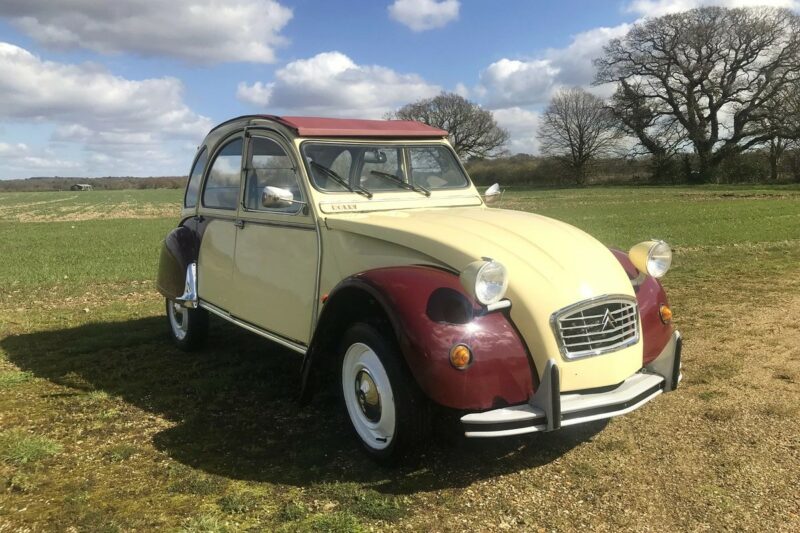
And economy is the operative word here. Initially powered by a 375cc, air-cooled two-cylinder producing a whopping 9bhp, the 2CV was nothing if not frugal. Capacity did increase over the intervening years to a maximum of 602cc but the simple overall concept of a twin-cylinder motor driving the front wheels via a four-speed manual gearbox remained throughout. Although pretty basic in its overall design – in part to allow for easy servicing and maintenance as well as decent reliability – the 2CV was actually fairly technologically advanced for the time. With its linked suspension front and rear that automatically adjusted depending on the payload the car has an incredibly soft and comfortable ride. We all know the story of how it was designed to cross a ploughed field without breaking any eggs and Citroën managed to produce a car that stuck rigidly and successfully to that design brief. But before you head out to pick up a packet of Gauloises and a bunch of macaroons on your way to view the handful of cars plucked from the pages of Car & Classic there are five things you need to know about the Citroën 2CV.
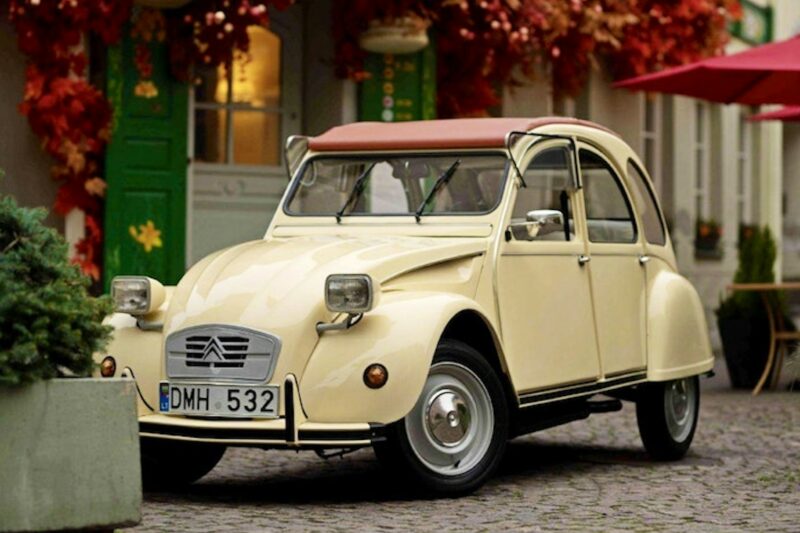
1) 2CVs
Well yeah, that’s kind of the whole point of this article, we hear you cry. It may sound patently obvious but looking at as many examples as you can will stand you in good stead when it comes time to actually choose a particular 2CV to take home with you. With so many available (126 classified ads alone on Car & Classic at the time of writing) inspect as many as you can and drive them all, if possible. You’ll quickly develop a ‘feel’ and be able to distinguish the good from the bad as well as from the ugly. Build quality deviates between French-built cars and the latter Portuguese output and certain aspects such as tired suspension will feel vastly different to a well set up system. Experience is the ultimate monkey here so get out there and test, test, test. The more you drive the better position you’ll be in to make the correct decision when it comes to parting with your hard-earned.
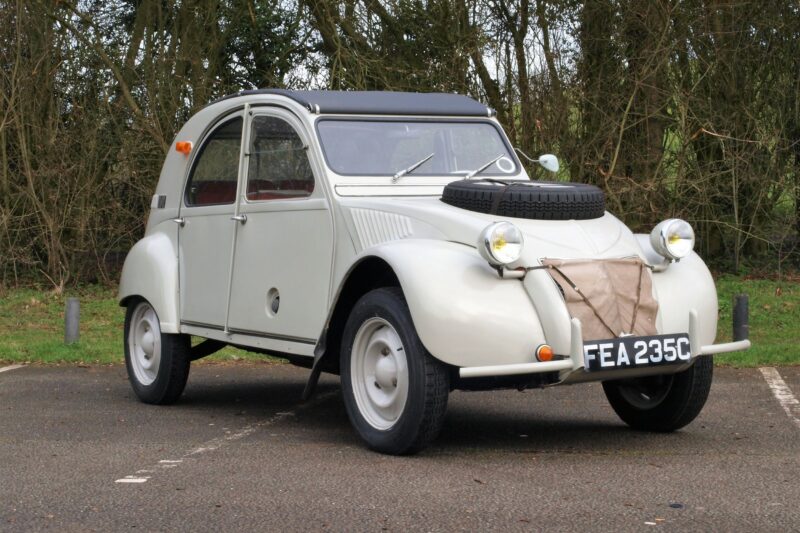
2) Bodywork and Chassis
Finding a car that hasn’t had at least some welding or repair work done is next to impossible, that’s just par for the course with the Citroën 2CV, but that’s not to say they’re all rotters. With its separate steel tube platform chassis and removable panels, replacing any of the bodywork is a doddle. The 2CV is basically Lego for grown-ups but a rusty chassis has been the downfall of many a 2CV so a full inspection is imperative, even if it’s a galvanised replacement. Sills, floors and bulkheads need to be clean and any wonky panel gaps can be indicative of potentially catastrophic distortion so get underneath and scrutinise everything. A leaky roof is also a common problem so check the seals are not compromised and have a look inside the cabin for signs of water ingress. With regards to body and chassis, buy the best you can afford – condition is everything.
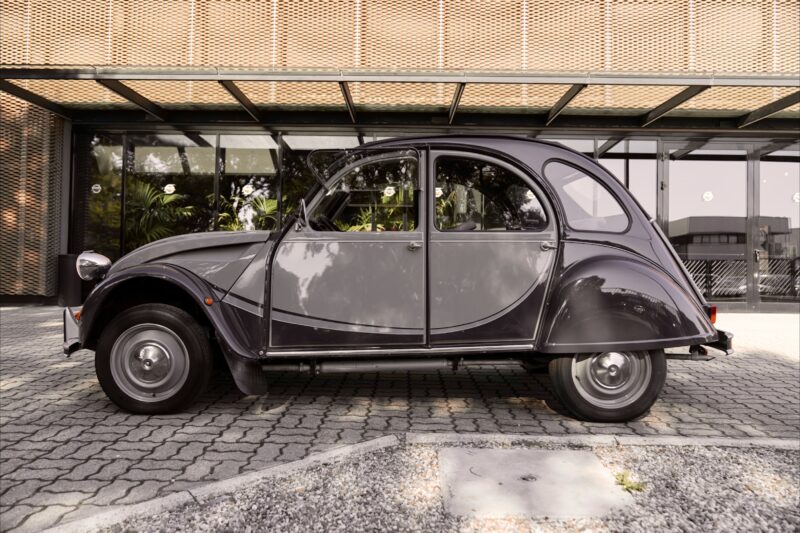
3) Engine and Transmission
Compared to today’s sea of econoboxes and bland cookie-cutter conveyances the Citroën 2CV represents a breath of fresh air and despite its meagre power output remains a hoot to drive. This is very much a case of low power, high spirits and although the two-cylinder engine is pretty much unkillable, whether it be the earlier single-choke Solex carb version or later twin-choke lumps there are still a few things to be aware of. The odd oil weep or puff of smoke on startup is nothing to worry about but a knocking and/or persistently smokey engine will be a sure sign of top-end issues relating to pistons and valve stem seals respectively. A decent example should fire instantly and run smoothly and quietly, easily able to cruise at 60mph without hesitation. All versions of the engine are incredibly simple to work on though, making the 2CV a great choice for the home tinkerer. Noisy bearings and crunching gears means the dogleg transmission has seen better days and while there is no synchromesh on first or reverse, third gear synchro is a common weak spot so make sure to test thoroughly. A rebuild won’t break the bank though so if the rest of the car is in good condition it shouldn’t be a deal breaker.

4) Suspension, Steering and Brakes
The 2CV’s suspension, although unconventional, shares many a component with more traditional setups and so parts and servicing aren’t a concern. The car’s raison d’être, the entire system should be leak and rust-free, quiet, smooth and comfortable. Noisy spring tubes will need oiling and kingpins should be greased every 1,000 miles. Steering will be light with no play in a well set up car, with any undue weight indicating a potentially bent chassis. With hydraulic drums all round until ’81 when inboard front discs were fitted the brakes on any 2CV should be smooth and efficient. Degraded seals can cause issues so it’s worth scrutinising any history for signs of correct maintenance along with the usual visual checks of the various bits and pieces such as hoses and hard lines.
5) Interior and Electrics
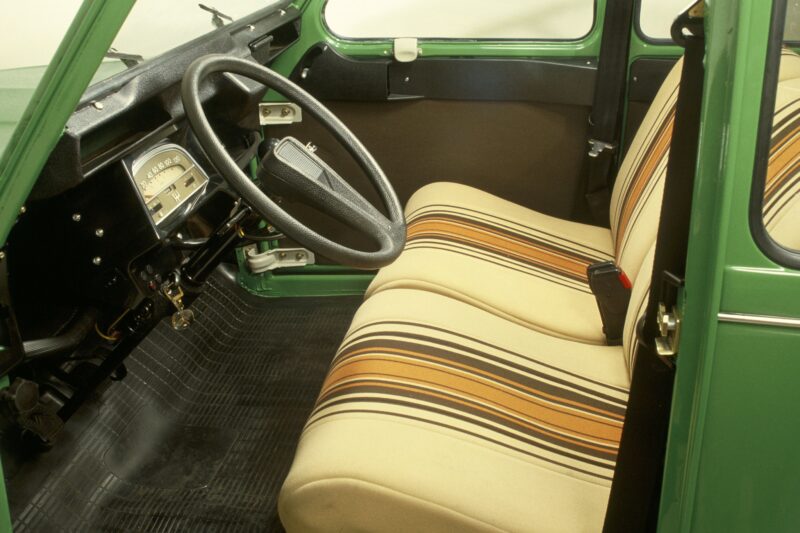
With literally millions of 2CVs built parts supply isn’t an issue and that extends to the interior too so the odd missing or broken piece of trim isn’t going to be a roadblock. The main problems you’re likely to encounter are with the electrics. 2CVs are French, and old. Two things that are not conducive to all of the electricity staying inside of the car. Like everything else on the Citroën it’s a simple system but wires and connections are not the best and water ingress can be a factor, as well as a sign of larger issues with the body and roof, so check that everything works properly. It’s all easily replaceable but the points are a bit of a pain, being as they are hidden behind the fan in a box. Electronic systems are a relatively cheap and popular choice, however and many a Citroën 2CV has been upgraded as a result.


